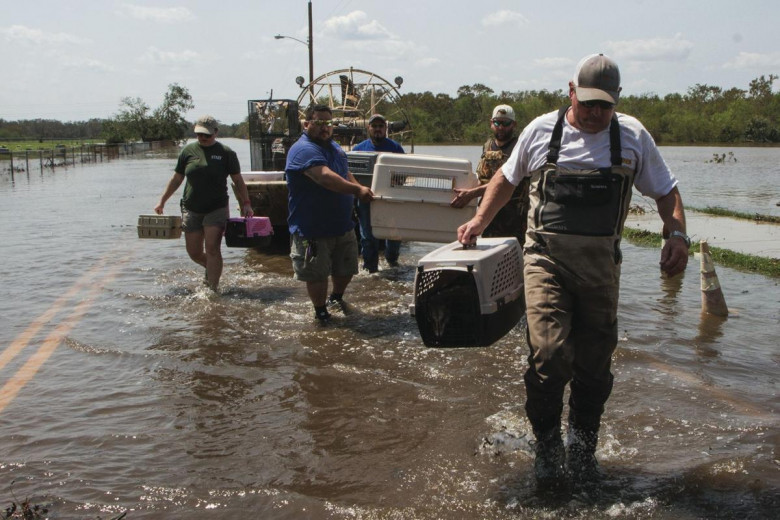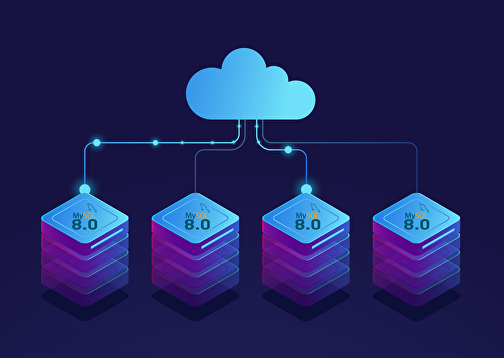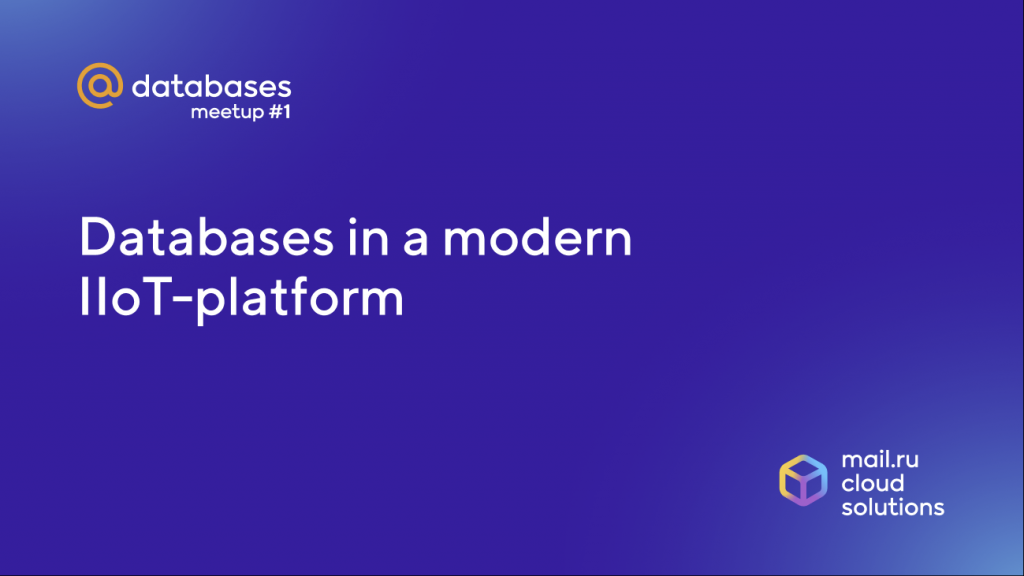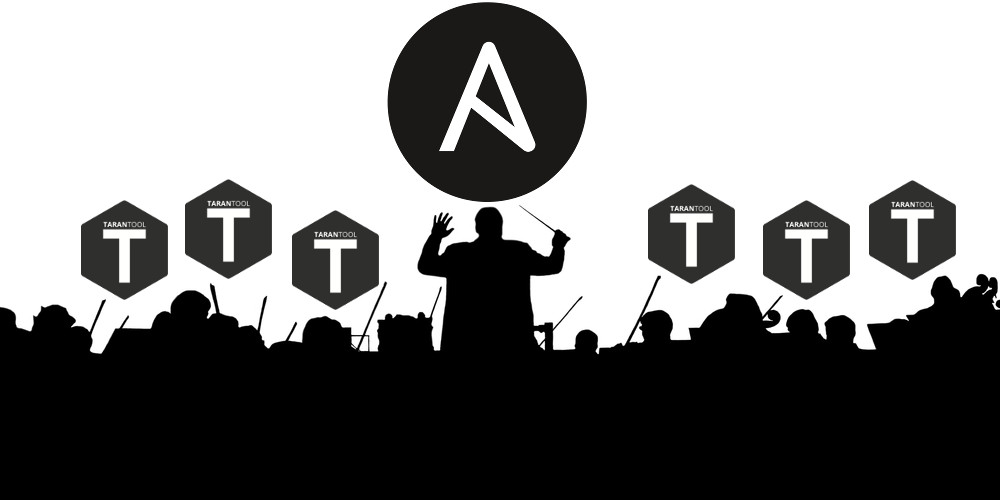 A still from «Our Secret Universe: The Hidden Life of the Cell»
A still from «Our Secret Universe: The Hidden Life of the Cell»
Investment business is one of the most complex domains in the banking world. It's about not just credits, loans, and deposits — there are also securities, currencies, commodities, derivatives, and all kinds of complex stuff like structured products.
Recently, people have become increasingly aware of their finances. More and more get involved in securities trading. Individual investment accounts have emerged not so long ago. They allow you to trade in securities and get tax credits or avoid taxes at the same time. All clients coming to us want to manage their portfolios and see their reporting on-line. Most frequently, these are multi-product portfolios, which means that people are clients of different business areas.
Moreover, the demands of regulators, both Russian and international, also grow.
To meet the current needs and lay a foundation for future upgrades, we've developed our Tarantool-based investment business core.











